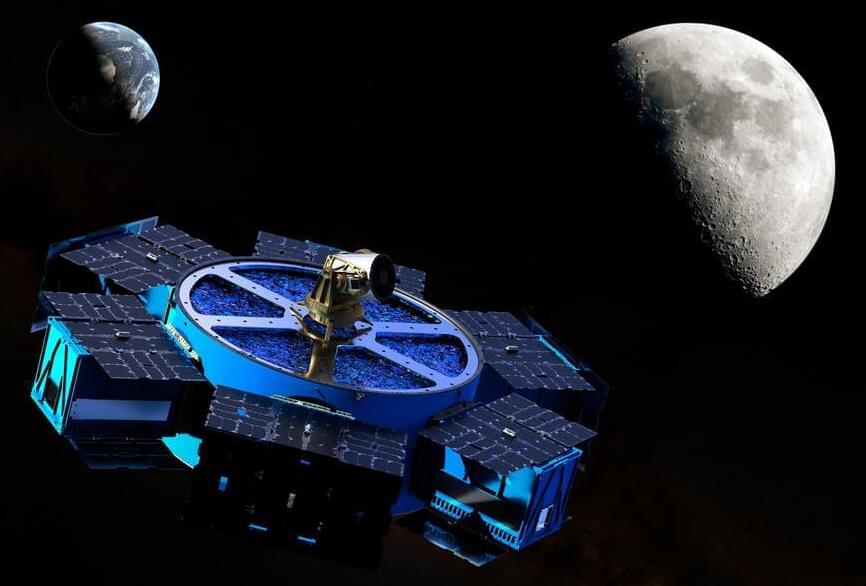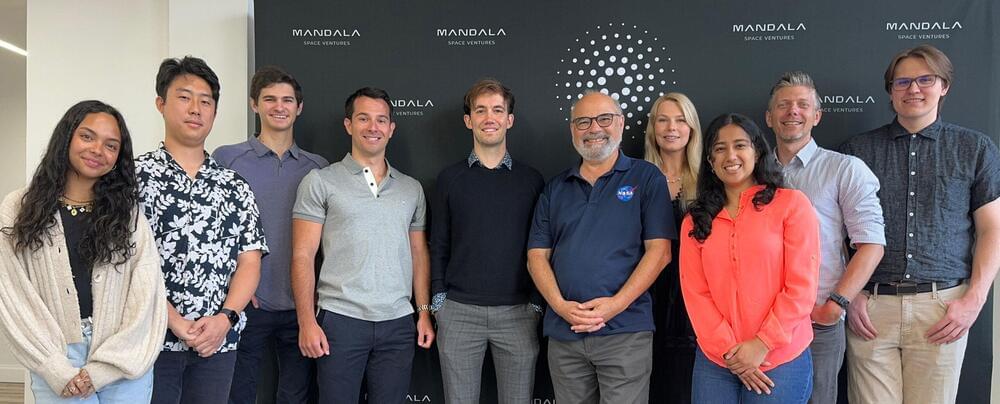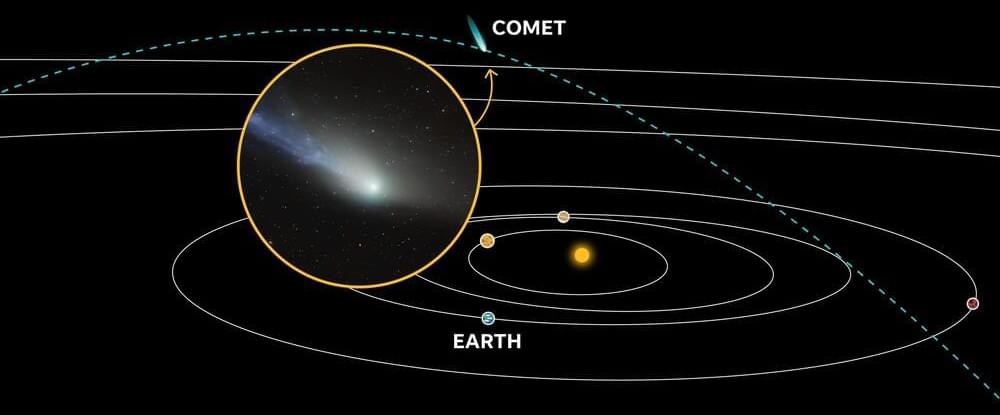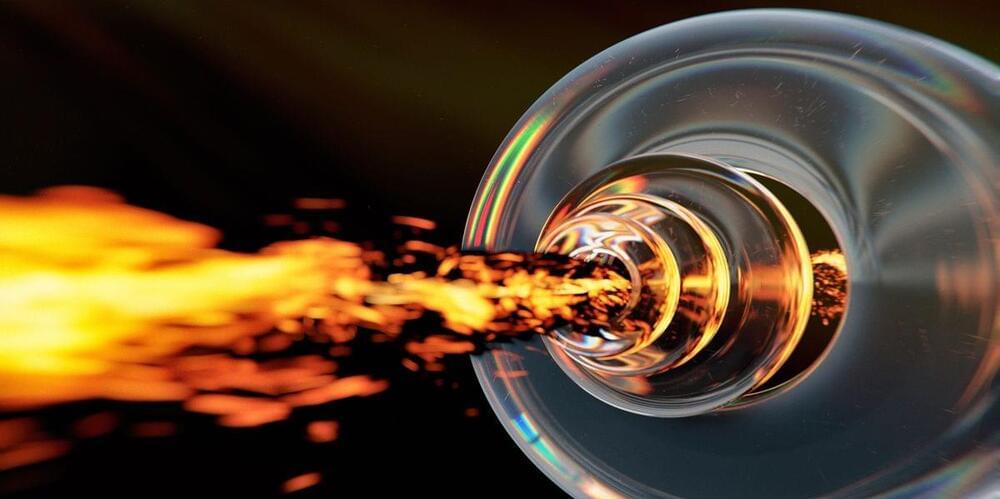WASHINGTON — The Defense Advanced Research Projects Agency (DARPA) has selected the startup Scout Space to participate in the BRIDGES (Bringing Classified Innovation to Defense and Government Systems) consortium.
BRIDGES, launched by DARPA in 2023, aims to connect innovative small companies and nontraditional defense contractors with classified Department of Defense research and development efforts. The initiative seeks to bridge the gap between cutting-edge commercial technologies and classified defense needs, particularly in areas considered critical to maintaining U.S. military superiority.
Scout Space, based in Reston, Virginia, develops satellite flight software and space domain awareness sensors. The company announced July 8 it was selected by DARPA for its proposal outlining an approach to “advancing autonomous in-space threat response.”








